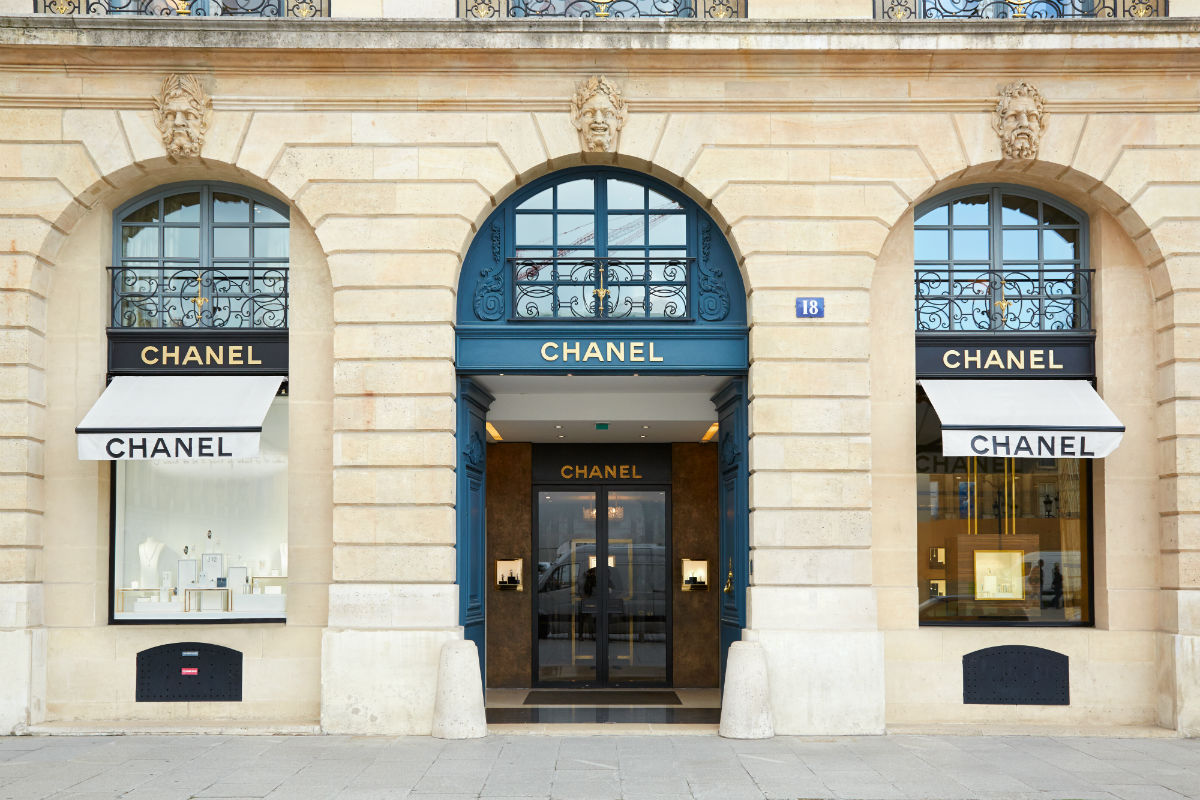
27 Juil Voici ce qu’il y a dans le panier des Millennials chinois à Paris
Shopping in Paris is an absolute “must” for tourists, and Chinese millennials are no exception. Paris and its French savoir faire offer a wide range of brands and products that are seen as exotic and seduce the millions who visit the French capital every year. But this upcoming generation in China is shopping in a different way than their parents. Their habits and desires are changing and evolving, challenging the codes of the past generation’s consumption behavior.
Chinese millennial shoppers are open to the world thanks to their extensive travels, and they are well-connected and highly informed because of social media. And it’s through social media that they engage, learn about, and buy brands with a deeper story to tell, beyond just a ‘brand name.’
Before, we told you how Chinese millennials tackle the Paris shopping list, but below, we’re taking a closer look inside their shopping bags and highlighting the three trends that are influencing their purchasing decisions.

Many Chinese millennials are looking for trendy luxury souvenirs in Paris that would be hard to come by at home. Photo: Courtesy of The Chinese Pulse
1. The ‘cool’ French souvenir
Visual elements that are traditionally “French” and identify the culture and heritage of France are very popular among Chinese millennials. They want to ‘buy’ Paris, so they look for products that display the “Made in France” label and classic French symbols like the flag, French words, and the Eiffel Tower. The catch? They want to buy products they can’t find anywhere else, so they’re looking for items that display this sentiment in a trendy, unique way.
Local upcoming fashion brands are surfing on the French ‘cool’ wave by developing new ranges of products carrying a French visual signature together with a strong sense of modernity. When mixing trendiness with French storytelling, these products can be very appealing to young Chinese tourists.
Merci, the famous concept store based in the Haut Marais, is not only popular for its selection of brands, but also for its famous bracelet, a medal with “Merci” engraved on it. Young Chinese travelers are queuing for it and Merci even employed a Chinese saleswoman to facilitate communication with shoppers.
AMI, the menswear’s designer brand of Alexandre Mattiussi, launched a collection of its classic sweaters displaying the French flag colors: blue, white, and red. This has become a star product among young Chinese shoppers.

AMI’s blue, white, and red sweater. Photo: Courtesy of The Chinese Pulse
Kitsuné who has long been known to play with French colors on its logo also has encountered success with its accessory line branded Le Parisien. The store staff is also dressing the part by wearing the brand’s classic T-shirt “Paris” and creating a large window display with a visual “bleu, blanc, rouge” message.

Kitsuné’s Paris t-shirt. Photo: Courtesy of The Chinese Pulse
Takeaway: Being French is cool! Play with traditional French elements, but with a modern twist or creative approach. For signature items under a brand, bring together the ‘Made in France’ origin with a fresh and different spin to appeal to the young Chinese shopper.
2. “Exclusivity” is a luxury
Luxury brands are widely accessible in the local Chinese market, with multiple upscale shopping malls in every city, and online ‘shopping malls’ dominating the digital buying space. Therefore, Chinese millennials are increasingly searching for unique and exclusive luxury items and shopping experiences when they arrive in Paris.
They are especially fond of luxury limited editions and artistic collaborations. The scarcity of the items makes the products even more desirable for Chinese millennials, who are looking to express their individuality and search for ways to differentiate themselves from mass buying trends.
The exclusivity effect can be played out on different levels: date of product launch, special limited editions, and ultra-personalization.
For example, at Louis Vuitton, Chinese shoppers’ buying behaviors have evolved. No longer are they just looking for the iconic monogram, but also for the latest, limited-edition must-haves. LV has understood and capitalized on this trend by launching an increasing number of collaborations with upcoming artists. For instance, the recent collaboration with the Chapman brothers in February on limited-edition LV accessories was extremely popular and sold out in only a few days, bought up mostly by Chinese shoppers.
Chanel Beauty’s concept store is playing with product launch dates to drive sales in their Paris location. Chanel understands that by launching the latest range one month before any other store in the world, it is appealing to Chinese shoppers’ desire to be one step ahead of the trends. They amplify their new star product launches with strong communication on social media.
Guerlain showcases its perfume savoir faire in its flagship store on Champs-Elysées by offering a customizable concept that young Chinese customers love. Shoppers participate in the product creation by choosing the color and size of the bottle, the color of the string, and the fragrance they like from the fountains. To further enhance the uniqueness of their perfume, their name can be engraved on the bottle.

Guerlain Paris offers tourists customizable fragrance bottles. Photo: Courtesy of The Chinese Pulse
Takeaway: This new generation is still looking for luxury, but also for uniqueness and scarcity of products. Capsule collections, co-branding and collaborations, and personalized products are excellent ways to capture the attention (and wallets) of millennial Chinese shoppers in Paris.
3. The “It” product worn by KOLs and influencers
Even if Chinese millennials are searching for a more personal expression of style, they still look to key opinion leaders (KOLs) and influencers to ‘reassure’ them.
In recent years, major French fashion brands have started to invite an ever-growing number of top Chinese KOLs and the movers and shakers of the Chinese fashion scene (the “it” crowd) to attend Paris Fashion Week. Their millions and millions of followers are fed (and influenced by) a dizzying array of the latest collections, the “it” products, up-and-coming ‘hype’ brands, the top trendy spots in Paris, and more.
AMI, for example, made many press investments in China and used Chinese models in its shows to increase visibility among Chinese and encourage adoption of the brand.
Chinese millennials prepare their Paris shopping list months in advance, adding the latest “it” products recommended by their favorite influencers. Store managers in some of Paris’s most famous fashion shops attest to this and the fact that a KOL’s feature of one item can hugely impact their sales, while also condensing or focusing their store sales onto very specific items within their collections:
Takeaway: Millenials are highly aware of international fashion trends, primarily being influenced by KOLs and social media platforms like WeChat moments, WeChat official accounts, and Weibo. These are the first sources of information for the young Chinese traveler.
Beyond products that they buy for themselves and for family and friends, it’s also important for Chinese millennials to share their experience in Parisian stores ‘live’. They like to post pictures and live videos on their WeChat account while shopping. Being there, and the experience of Parisian shopping is an essential part of their shopping bag.
Originally published on Jing Daily.



No Comments